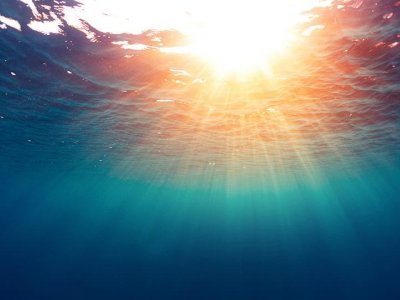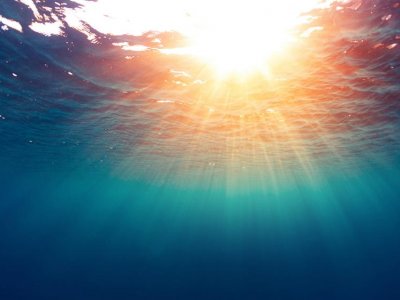
The goal of the proposed research is to maximize electrical power production rates from salinity gradient energy, which is the energy contained in the salt concentration difference between freshwater and seawater. This energy source can theoretically supply 40% of today’s global electrical demand. PI Gorski is currently studying the conversion of salinity gradient energy into electricity using a new approach – capacitive mixing – which exploits salt concentration differences in waters to charge and discharge electrodes. In his preliminary work, the PI found that electrodes composed of manganese oxide (MnO2) can generate more electrical power than existing membrane-based technologies. Building on this work, we aim to maximize the electrical power generated by MnO2 by optimizing its properties, as it is known that charging capacities and rates strongly depend on structure, particle size, and morphology. Currently, however, the mechanisms controlling MnO2 charging remain poorly characterized. We thus propose to determine these mechanisms by combining experimental measurements with newly developed computational techniques. In this work, we will synthesize six MnO2 samples. We will then measure and simulate their charging properties to benchmark computational predictions. The ability to identify the charging mechanisms and optimize the performance of MnO2 for capacitive mixing will place us in a unique position to secure external grants on the topics of salinity gradient energy conversion and the charging mechanisms of metal-oxide electrode materials. This project has major societal impacts, as it addresses a novel and globally deployable approach to generate renewable carbon-free electricity by mixing freshwater with seawater.
Researchers
Ismaila Dabo





